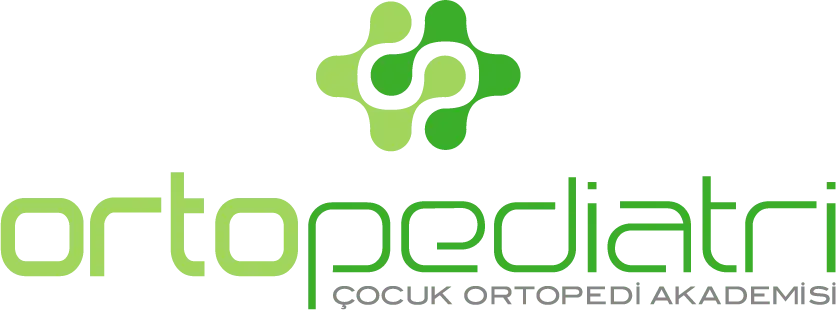Congenital anomalies of the spine and sometimes of the spinal cord, which develop as a result of the incomplete closing of the tube or canal-like structure forming the spinal cord in the back part of the fetus during its development in the mother’s womb, are called “spina bifida” as a group.
The incidence of this disease is between one and two per thousand among the newborns. While this rate was higher in the past years, the incidence of this disease has decreased significantly thanks to preventive approaches such as pregnant follow-ups, early diagnosis and folic acid supplementation during the recent years.
Is Spina Bifida able to be Prevented?
Some preventable risk factors for the development of spina bifida are still valid. These are folic acid deficiency in the mother, the presence of diabetes in the mother, and the use of some epilepsy drugs by the mother during pregnancy. Also, some genetic disorders increase the likelihood of spina bifida. For these reasons, in a good pregnancy follow-up, these risk factors may be detected in an early period, and spina bifida may be detected even during the planning of pregnancy and may be significantly prevented by taking the necessary precautions.
The common feature of the diseases in spina bifida group is the insufficiency of the bone wall at the back of the spine. If only such a problem is seen, but no clinical problem is observed, these patients are diagnosed with “spina bifida occulta”, and it is generally a normal condition. In these patients, changes such as color changes, hair growth etc. on the skin over the lesion area may be seen, and in their presence, an MRI imaging is performed to confirm the diagnosis.
In a situation where the bone wall from the back of the spine is insufficiently developed or not closed, a clinical problem occurs in our children when the spinal cord membranes (“meningocele”) or nerve tissues together with the spinal cord membranes come out of the spinal canal and reach beneath the skin (“myelomeningocele”), and they should be operated in the early period.
In some rare cases, the covering of the skin may not also be developed, and therefore, when the child is born, the nerve tissue may have come out of the lesion area (“rachischisis”).
What are the Effects of Spina Bifida Disease?
The most basic feature in the clinical picture of the spina bifida disease may be expressed as a paralysis or weakness in the child below the affected level and the numbness in the relevant parts of their legs. In addition, some problems other than the affected area may accompany in these children. Among these, the most common problems may be listed as an increase in the intracranial pressure caused by a problematic circulation of the cerebrospinal fluid, which is called hydrocephalus, central nervous system infections such as meningitis, and tethered cord disease of the spinal cord.
How is Spina Bifida Treated?
A child with spina bifida first undergoes a surgical intervention for that lesion area after being diagnosed. After this surgery performed by neurosurgeons, a treatment process begins in which the existing muscle functions of the child are tried to be protected and developed. Physical therapists and physiotherapists play important roles in this process. In particular, there is a high hope that the children with a preserved spinal cord level called L-4, or in other words, children who show an active movement towards straightening the knee and who can pull the ankle towards themselves will be able to walk with a support. There is a higher hope that the child is able to walk closer to normal towards L5, S1, S2, S3 and S4 levels which are reported to be robust. Higher levels such as L3 and L2 levels do not allow walking without a support; however, standing and gait activities may also be performed in these children thanks to the developing physical therapy methods and orthosis technologies.
As our children with spina bifida grow up, gain weight and increase in height, some orthopedic problems are possible to encounter. These can be summarized as a hip dislocation, a spinal curvature called scoliosis, stiffness and limitation of movement in the joints, crouching, deformities and wounds in the feet. When these develop, they affect the child’s activity level even more negatively than the current situation. When it is predicted by us, in other words the pediatric orthopedists, that such situations may develop, the necessary preventive treatments are applied, as well as surgical interventions to correct any problems that may occur in order to protect or increase the activity levels of children as much as possible.
It can be easily understood from the brief information above that the treatments of our children with spina bifida should be handled by many different branches together. Thanks to the motivation of our children, the support of their families, regular physical therapy sessions and knowledgeable and experienced physicians on this subject, these children can go to school, learn a profession or earn a living by working, have less social restrictions, and maintain a more active life.

